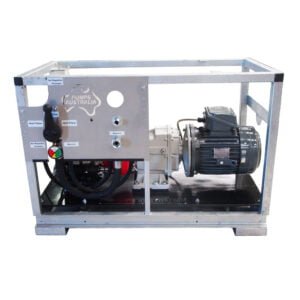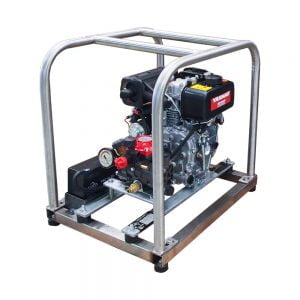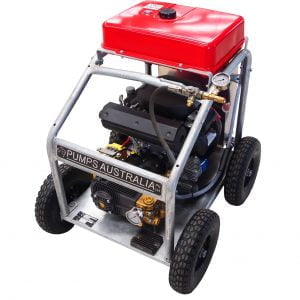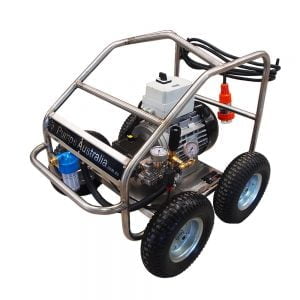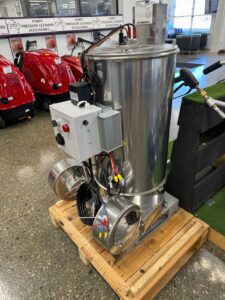How Does Hydrostatic Testing Work In A Residential System
What is hydrostatic testing?
To put it simply – hydrostatic testing is the process of testing a pipe’s performance and inspecting for any damage. Hydrostatic testing searches for leakes and assesses the structural integrity of the particular channel. Conducted for both commercial and residential settings, hydrostatic testing is an essential procedure to ensure waterways are performing optimally.
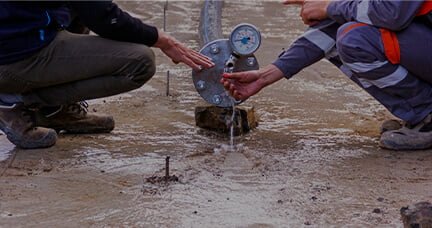
Why conduct residential hydrostatic testing?
Although meter skids, channels, compressed gas cylinders, boilers, pipelines and other waterways are built with longevity in mind, like everything – they don’t last forever. The metal of the channel corrodes over time, approximately 40 – 60 years. This can result in leaks, bursts and complete breakdowns.
As the water systems are usually under the home, plumbers can’t easily see when it’s time for replacements or servicing. That’s where hydrostatic testing for residential systems comes in, allowing plumbers to assess the performance of a pipeline that cannot be easily seen and inspected.
How does home hydrostatic testing work?
If you’re building a home, you have a home inspection coming up or you’re due for a pipe replacement – you’ll want to conduct a hydrostatic test for your drainage system. Hydrostatic can be forgotten due to it being out of sight. However, it’s a vitally important procedure that can result in great damage if not conducted regularly.
If you’ve noticed that your home’s water bill is unexpectedly high, there are unpleasant odors coming from the pipes or there is damp flooring or carpeting there’s a high chance there are issues with your home’s water system. If these issues are left unresolved, they can lead to greater issues such as major damage to your home’s foundation system.
To avoid damage to your home, book a hydrostatic test with your plumber.
What you’ll need for your home hydrostatic test:
- Hydrostatic tester
- Pressure gauge
- Valve stem
- Relevant adaptors
- Inflatable ball for hydrostatic testing
How to perform a hydrostatic test at home:
It’s essential you have the necessary training before you perform a hydrostatic test. If you have not been trained, we recommended seeking a professional plumber that will perform the hydrostatic test effectively.
Steps can differ depending on the home’s water system and the equipment in use.
- Locate the home’s mainline cleanout
- Insert inflatable ball to plug the sewer line
- Fill the waterway with water until the water is level with the edge of your home’s slab foundation
- Monitor the water level for approximately 15 minutes
- If there are changes to the water level, you can assume there is an issue with the water system and repairs will need to be made
Hydrostatic test equipment
Using hydrostatic test equipment allows for incredibly reliable and safe application to both residential and commercial pipelines. If you’re performing a job that requires accurate numbers and efficient pressure control – Pumps Australia’s range of hydrostatic testing equipment will ensure your job is performed effectively.
Choose from electric driven, diesel driven or petrol driven hydrostatic test equipment. If you have any questions regarding the hydrostatic test equipment, please contact our team at Pumps Australia. We’re only a phone call away.

